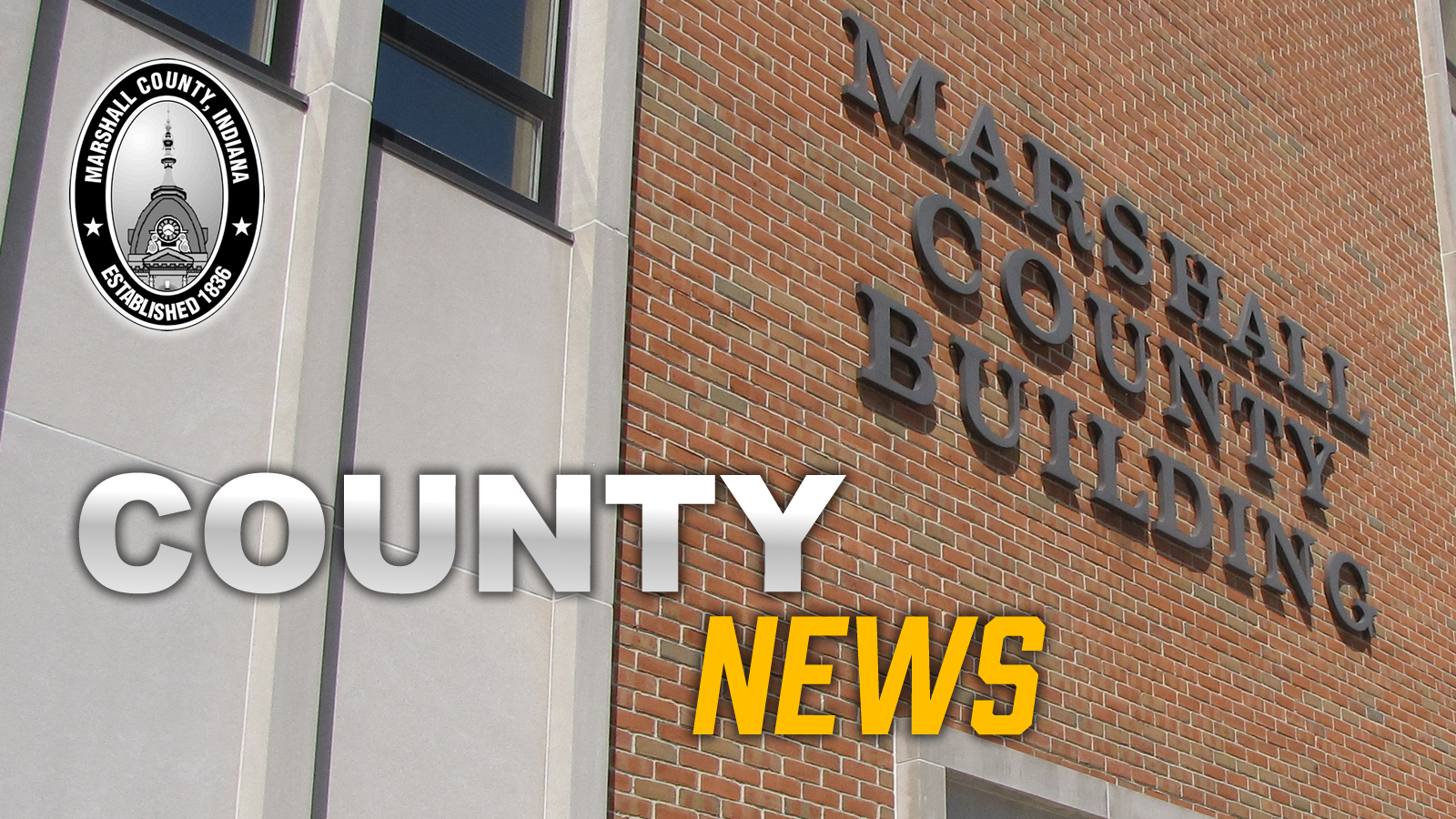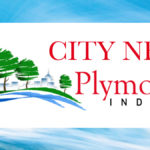The Marshall County Commissioners will be conducting a public hearing on Monday, February 21st at 6 p.m. in the County Building. The meeting is planned to discuss the creation of a Regional Sewer District.
As the concept of a Regional Sewage District in Marshall County advances there have been some
questions on the purpose, need, and responsibilities of the District. Residents have also
wondered how the future District (assuming formation is completed) will affect them in the future.
Under the Law in Indiana, a Regional Sewage District is limited in function by the order issued by
IDEM when the District is approved. Once formed, the District can only initiate operation of the
specific purpose included in the approval. The District in the case of Marshall County, can only
initiate projects that provide septic system relief in the specific areas included in the petition.
This means that after formation and the Trustees are appointed, the Trustees will complete their
facility plan and activate the first project. This will likely be within the lake community South of
Plymouth. It is probable that it will require 18 to 24 months for funding procurement, and design
work, and then another 18-months for construction. Beyond initiating that project, the Trustees
will need to decide how to prioritize future projects, how they will activate them, and what method
of funding will be used. It is believed that full implementation could take up to 20-years or more.
A Regional Sewage District can:
• Plan, design and construct sewage systems to serve the at-risk rural neighborhoods or
communities identified in the petition and approved by IDEM.
• Procure funding to cover construction and non-construction costs.
• Purchase and own real property.
• Prepare and adopt ordinances that govern the use of the system and implement customer
rates and charges to pay for debt and operational expenses.
• Compel connection for all sewage producing structures within the District and or SubDistricts included in the approved petition.
• Exempt connection to the District sewer for certain properties that meet the exemption
criteria (new septic system within last 10-years or a parcel 10-acres in size or larger).
A regional sewage district cannot:
• Levy a real property or personal property tax of any kind.
• Bill and collect rates and charges from any property that is outside the District or subdistrict unless by contract with a specific landowner.
• Bill or collect charges from any property within the District that does not have an available
and active District owned sewer system (or a District project under construction) within
300-feet of the owner’s property line.
After formation the District is:
• An independent municipal entity that is typically governed by customers of the District
appointed to the Board of Trustees
• A local government entity with a narrow mission focused on reducing and eliminating the
risks to health from direct or indirect exposure to human waste
• A rural entity that conducts long range initiatives to protect the communities’ drinking water
wells from cross contamination from residential wastewater.
• A local entity that is indirectly concerned with the sustainability and preservation of the
housing stock of the communities it serves.
After formation the District will not be:
• Able to set rates or charges that allow the District to accumulate funds beyond what is
required to serve debt and maintain the utility.
• Allowed to conduct any activities it is not authorized for.
• Able to force the sale or otherwise of any property for delinquent charges.
• Capable of independent expansion beyond the Sub-District area authorized in the
Formation Order without further approvals.
For more information go to JPR1Source.com, click on the bar for active projects – participant
resources.











